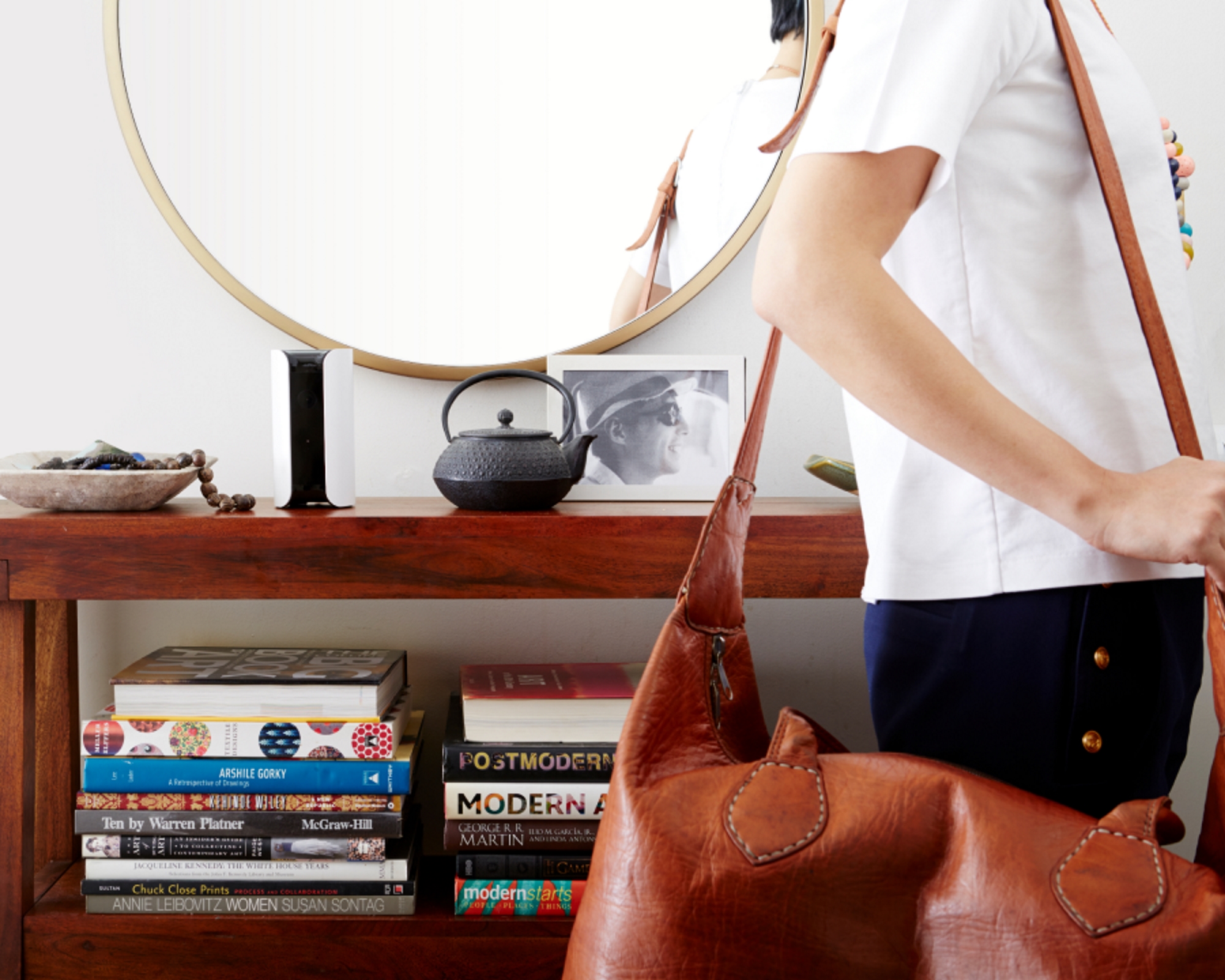
With changes to the way we live and work rapidly evolving over the last few years, it has become even more important for us to be able to keep our homes and those within them as safe and secure as possible. But home security has traditionally been very pricey, as well as requiring set-up fees and maintenance that add up over time.
Thankfully, the best home security systems are now more affordable, DIY-compatible, and able to work with existing smart home ecosystems. These systems come with all the trimmings that can be added and taken away depending on your budget and generally fit into the modern home much more easily.
In this guide, we offer some advice on how to keep costs down, whether that's limiting the number of devices to include, opting for subscription-free brands, or building your system up over time.
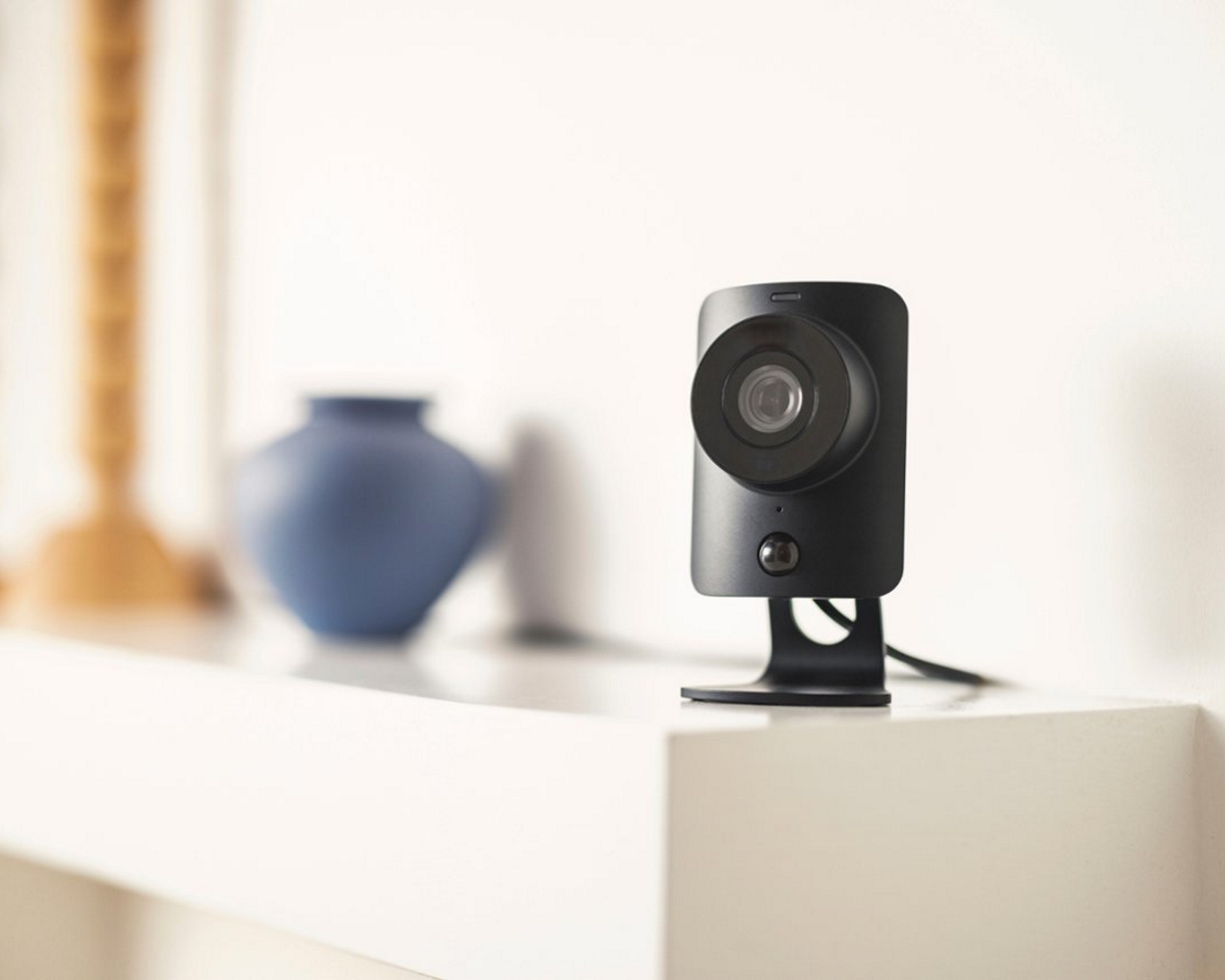
What do you actually need?
The basics
When it comes to home security, you should choose the right system for your needs. A 30-piece security set may seem appealing, but it's likely unnecessary for an apartment or two-bedroom house. There are many options available, ranging from camera-focused systems to single-device alarms. If you're working with a budget, you can expect to get the basics like a contact sensor, motion sensor, home base, and security camera, but the exact composition may vary.
Security cameras
When looking at DIY security systems, security cameras are the most well-known and sought-after component. Many people choose to buy the best wireless security camera rather than a complex setup, but, though these cameras are versatile and easily utilized indoors, outdoors, or both, they're only part of the puzzle.
Contact/door/window sensors
You can easily be alerted when a door or window is opened by attaching these devices. They consist of two parts, one attached to the frame and the other to the window/door itself, with a magnet that allows them to detect when these are separated.
Keypad & app
Nowadays, smart security systems have simplified the monitoring process by allowing you to use the app to control alarm settings and track events. Additionally, some systems offer a keypad option for situations when the phone is not easy to hand.
Homebase/alarm
Most home security systems incorporate their siren or alarm into the home base, which is best placed in a convenient location where it can be easily heard (or deactivated in case of a false alert), such as the living room. Be aware, though, that they often need to be connected to your router via ethernet.
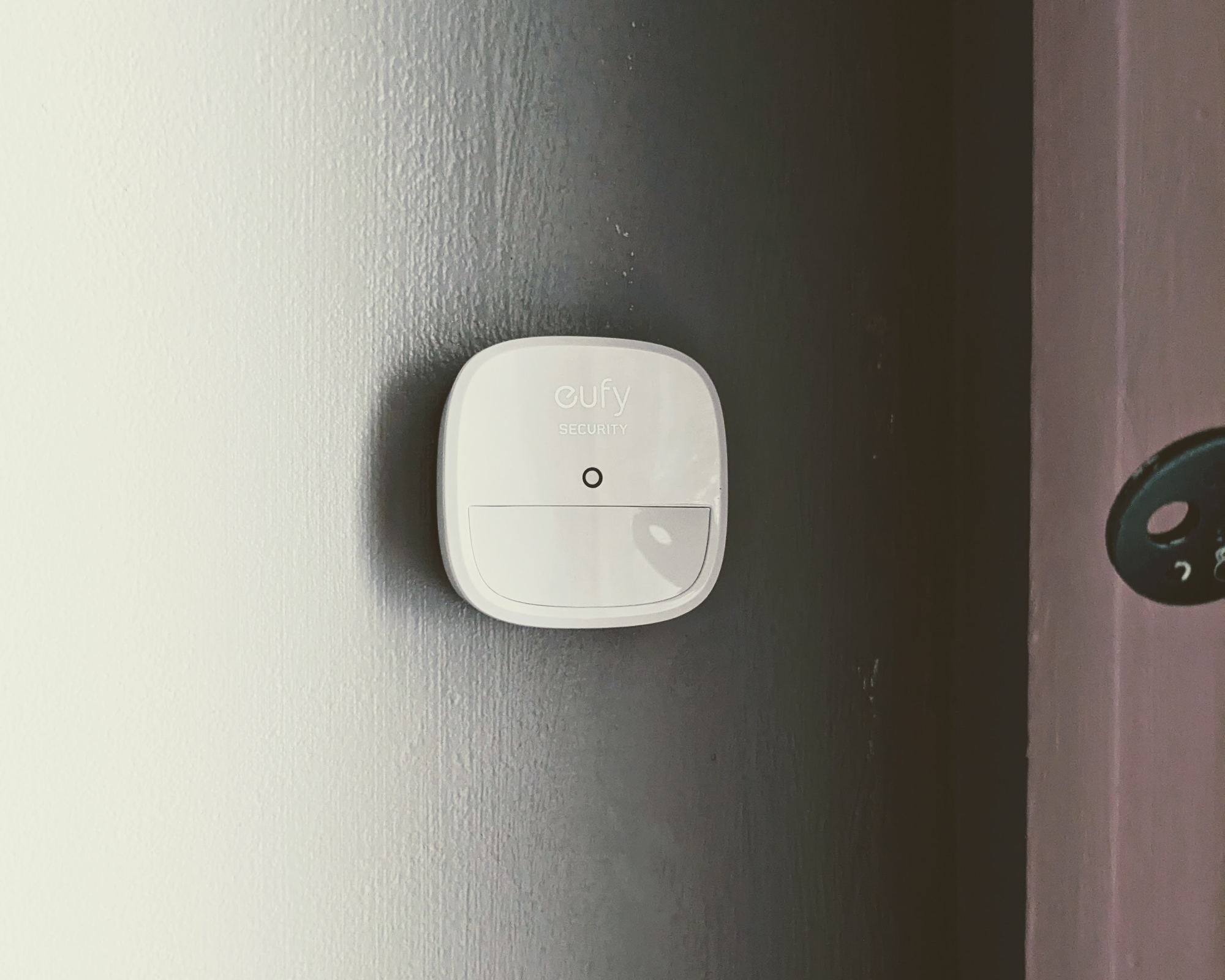
Extras and add-ons
Motion sensors
Motion sensors detect movement within a home but may not be necessary if you also have a security camera that fulfills this purpose. They are particularly useful for detecting potential break-ins when the homeowner is absent, and they can also be customized to overlook the presence of pets.
Leak sensors, glass break sensors, and smoke alarm sensors
For even more functionality, these sensors can be installed in specific locations to detect plumbing issues, send smoke alarm notifications, or detect broken windows to prevent any missed faults.
Video doorbells
Like traditional doorbells and security cameras wrapped in one convenient package, it's often easy to overlook the many safety functions the best wireless doorbells can offer. However, sophisticated motion sensors, wide view angles, and often excellent video resolution make them a great addition to any system.
Smart locks
Smart locks are rarely included in home security bundles, but they're a great extra for those who want their front door to be as secure as possible. The best smart locks work in a variety of ways with different options to gain access, and many are also stylish enough not to become an eyesore.
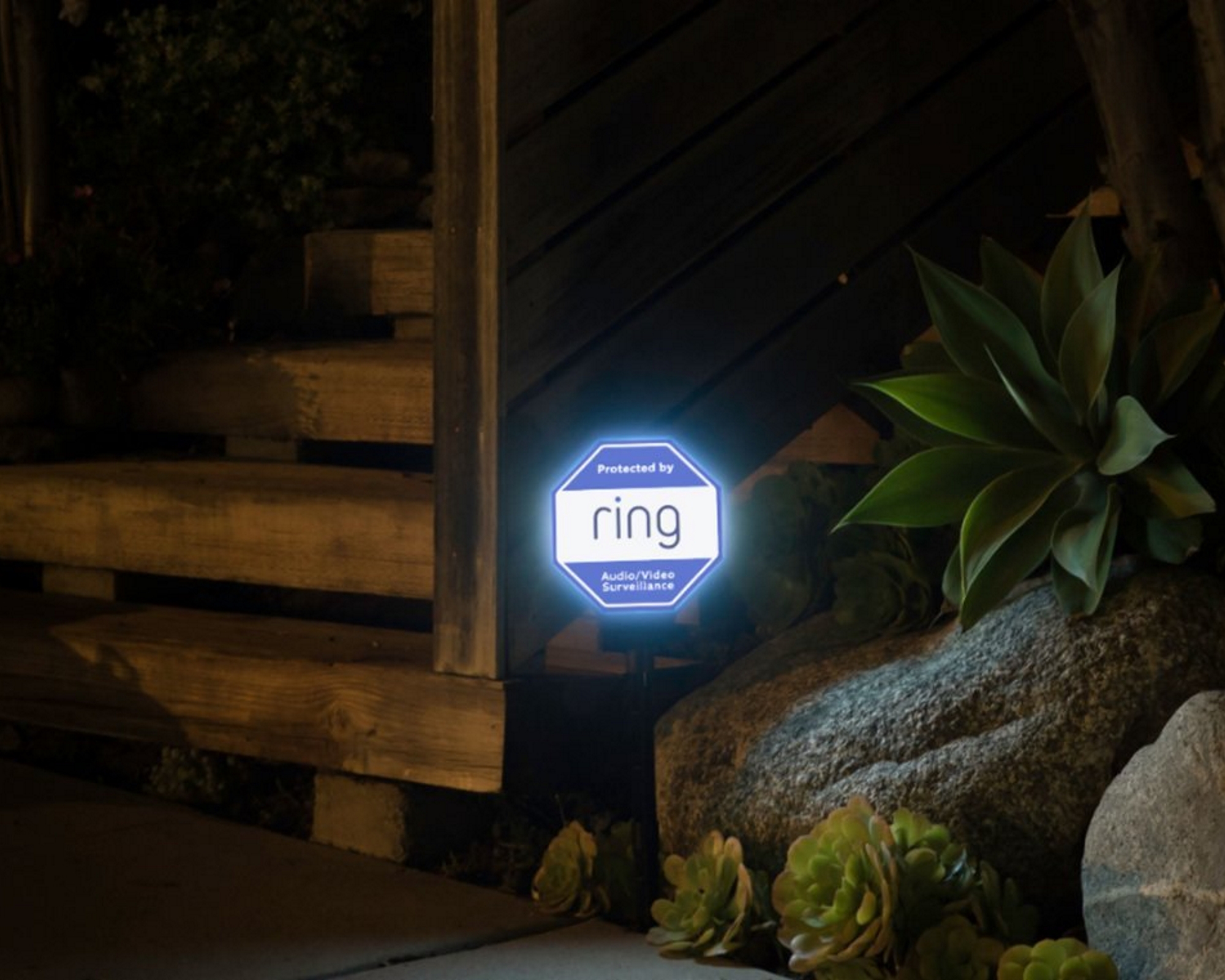
Opt for a system without subscriptions
Keep in mind that the upfront cost of a home security system is not the only thing you need to consider. While DIY security kits may seem like a cost-effective solution, there are often hidden subscription costs that can quickly add up. Before making a purchase, so you should research and compare the total costs of different brands and their premium features.
Some top brands charge between $12.99 and $22 for premium features, which can significantly increase the overall cost of a security system. Remember that even if you find a bargain on the kit itself, these additional costs can still make things expensive.
To avoid any unexpected costs, make sure to read the fine print and understand the terms of any subscription plans. Consider whether the premium features are necessary for your specific needs, or if you can get by with a more basic security system.
To give you an idea, here a some of the fees associated with top brands:
- Ring - Ring Protect Pro costs $20/month and gets you professional monitoring with 24/7 access to services like police, fire, and medical help.
- Canary - a subscription costs $9.99/month or $99/year and gets you 30 days of video storage, access to emergency services, a safety button that automatically sends the police to your location, person alerts, desktop streaming, and incident support.
- Yale - Yale does not involve any subscription costs.
- Simplisafe - a premium subscription costs 93¢/day (about $28/month) and gets you guest passcodes, secret alarms, unlimited video recordings, and professional monitoring.
- eufy - Yale does not involve any subscription costs.
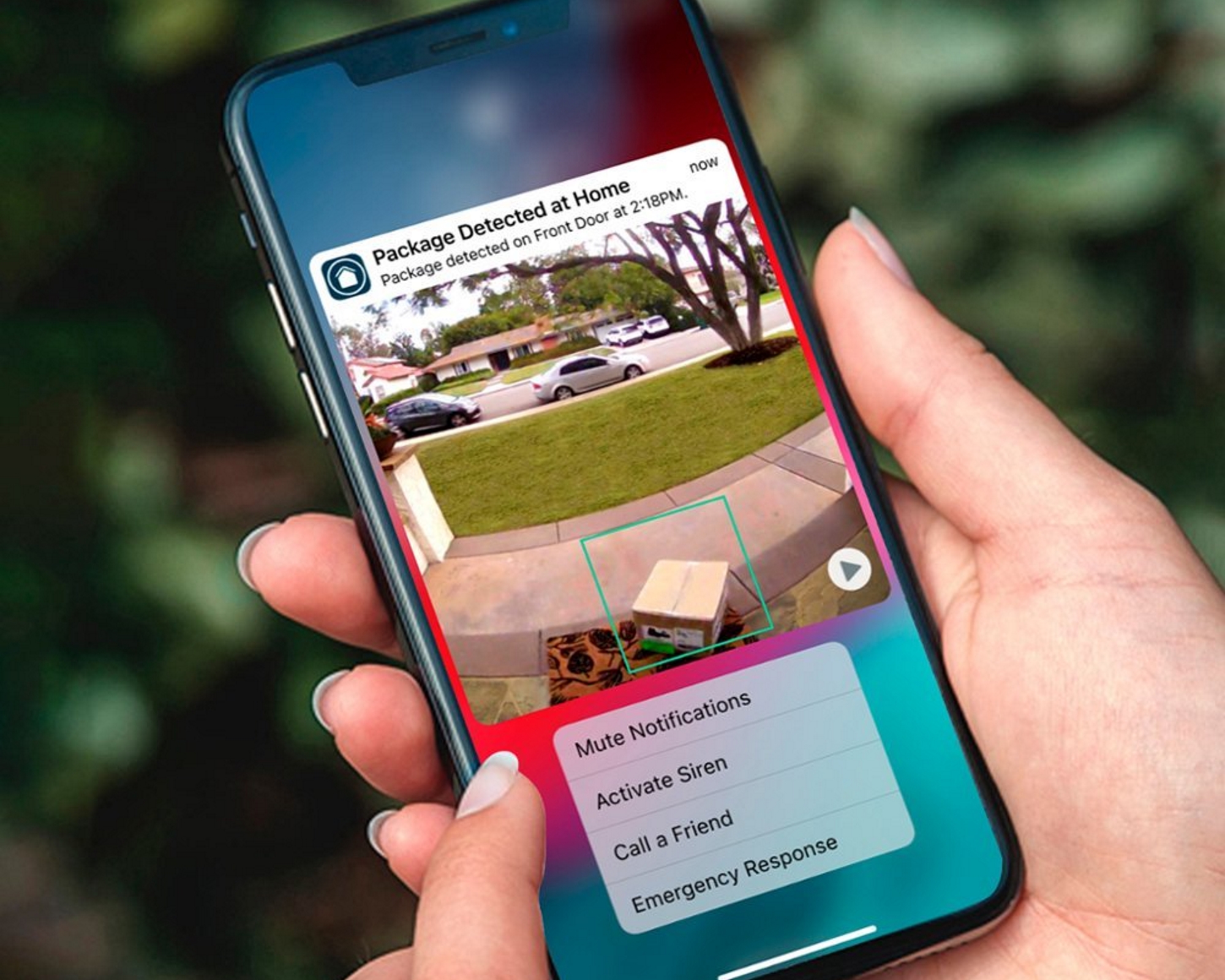
Do you need professional monitoring?
As you can see from the above examples, many subscription plans throw in something called professional monitoring. This service is optional and adds access to a central team who will be able to see your important alarms. This is a great choice if you're at all vulnerable, as it provides an extra layer of protection from a third party, but it can cost extra.
In emergencies, this team can send services like police, fire, or ambulance.
Will plans from some brands, there are also options like being able to notify emergency contacts, which is a nice middle ground between professional and completely DIY monitoring.
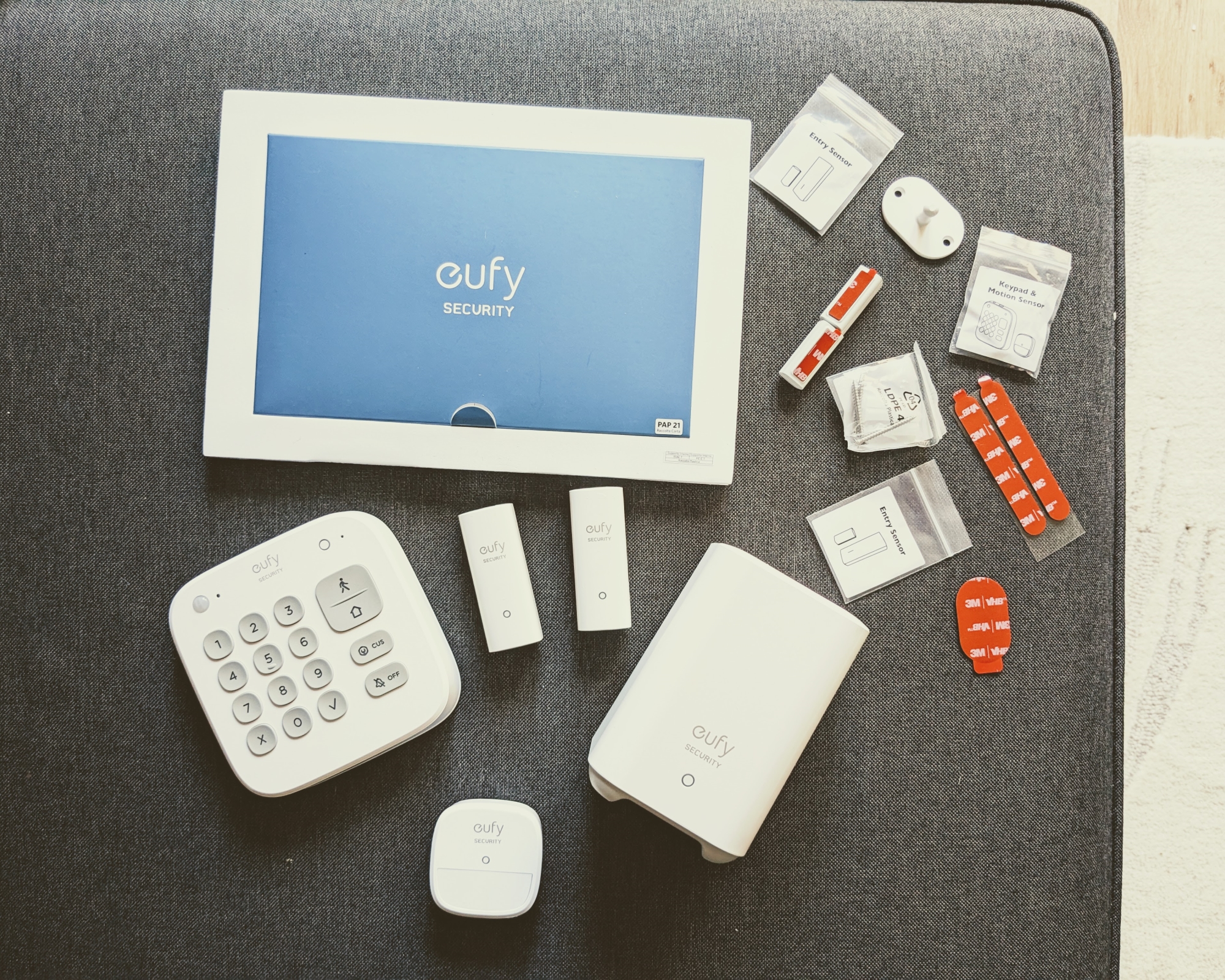
Opt for bundles (and expand over time)
Most of the major DIY security companies offer various bundles, including starter kits and more expansive systems that can cover a large home. These bundles will work out cheaper than buying each item individually, but they also allow you to get started without a huge upfront cost. We recommend going for a kit, assessing what else you might need, and purchasing additional devices as you go.
Here are some of our top picks:
!["[T]he First and Fifth Amendments Require ICE to Provide Information About the Whereabouts of a Detained Person"](https://images.inkl.com/s3/publisher/cover/212/reason-cover.png?w=600)






